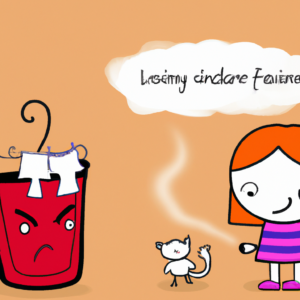In Times of Crisis, Pratyahara

The crisis in the Middle East has weighed heavy on the hearts and minds of so many folks I’ve been in contact with this week. My heart aches for the suffering. Until I spoke with my community, I had been frankly too busy to watch the news. I felt briefly blessed to not have felt the pain– I realize it’s a privileged position. I then felt shame because of my ability to be distanced from it.
This is no time for shame. The levy broke– the pain my community was experiencing showed up in person. This prompted a look into the stream of information coming at me, wanting to help support my loved ones. As I discussed in my article in Yoga Journal, yoga practice can be powerful in times of crisis. I quickly realized that my friends and loved ones feel very strongly on both sides of the conflict– I knew this already–a further reminder that there was no time for more self involved shame, nor a decree that one must have it all figured out. Also a reminder that now more than ever, it’s useful to be in control of one’s media intake.
The fifth limb of yoga, pratyahara. is commonly translated ” the internalization of the senses.” This ancient yogic practice offers a valuable skill in these times of information overload and emotional turmoil. It’s a tool that allows us to control what kind of information we take in, and it’s something we often practice on our yoga mats using dristhi (gaze) and breath control.
The conflict in the middle east is not just a political or geographical issue; it’s a complex web of historical, cultural, and social factors. As I reflect on these events, I’m reminded of the broader social issues at play, including questions of justice, human rights, and the responsibilities of individuals and nations. It’s impossible to ignore, and yet, I must regulate how much I take in so as to be strong enough to be of support to those folks who may wish to share. I feel so much compassion and sorrow for all that are suffering, and yet I also feel very small. I’m just a yoga teacher.
I reckon let’s talk about this in simple yoga terms. Pratyahara is how we control our focus and look inward more deeply. It’s how we understand what we’re feeling and where we’re feeling. It’s the ability to be on the inside unflinchingly. It’s that moment when you turn off the news, put down your phone, and take a deep breath. It’s proprioception and interoception. It’s the act of stepping back from the constant stream of information and allowing yourself some space to breathe. To look in, and ask what’s going on inside of our own mind body organism.
In the midst of a crisis, this can feel like a luxury, but it’s a necessary one. Especially when the outside world may be demanding immediate direct action. To take a moment to assess can feel like a radical violation or a display of poor ally ship — I believe it is an essential act of self-care and self-preservation.
Its important to reminds ourselves that pratyahara is not about tuning out the world forever; it’s about finding what is our own most right effort, and there’s nothing wrong with pausing engagement in order to do some inner reflection.
Asana must have the dual qualities of alertness and relaxation. – T.K.V. Desikachar, Yoga Sutra 2.46
When we turn away from unsolicited information, we create a space for reflection. We give ourselves the gift of time—time to understand how we feel, time to process, and time to wait and see if our initial reactions hold true. It’s a practice that encourages thoughtful, measured responses rather than impulsive reactions.
Ultimately, Pratyahara promotes strength—not in a passive sense but in a way that allows us to accept the full spectrum of our emotions and reactions. It teaches us that we can control where we place our attention. That we have agency. And, in fact, turning away from the overwhelming influx of information is not inherently selfish; it’s an act of self-preservation and self-awareness. And through this self-awareness, we can better show up to support those who are suffering, both near and far. Pratyahara, with its power to help us navigate the sea of information and emotions, can be a valuable tool in times of crisis. It’s not a withdrawal from the world but a pause—a moment to gather ourselves, understand our feelings, and respond with clarity and compassion to the suffering around us. It’s a practice that encourages us to embrace the diversity of human experiences and promote inclusivity and understanding, both within ourselves and in our interactions with the world.
May all creatures everywhere know peace.





